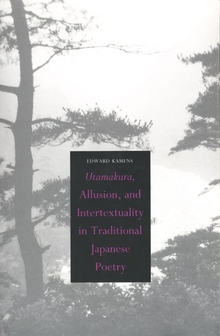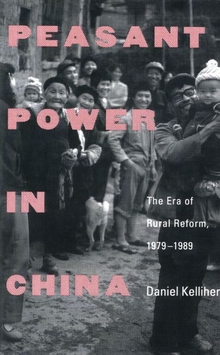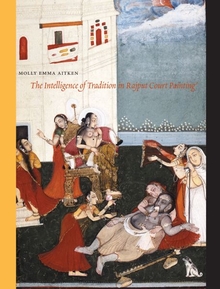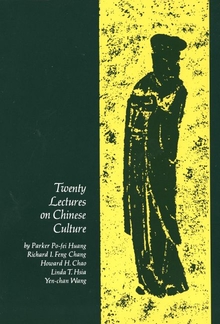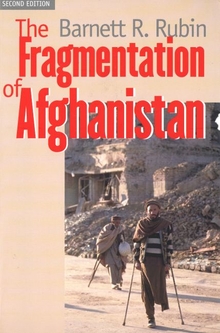Utamakura, Allusion, and Intertextuality in Traditional Japanese Poetry
WARNING
You are viewing an older version of the Yalebooks website. Please visit out new website with more updated information and a better user experience: https://www.yalebooks.com
Edward Kamens
Kamens focuses especially on one figure, "the buried tree," which refers to fossilized wood associated in particular with an utamakura site, the Natori River, and is mentioned in poems that first appear in anthologies in the early tenth century. The figure surfaces again at many points in the history of traditional Japanese poetry, as do the buried trees themselves in the shallow waters that otherwise conceal them. After explaining and discussing the literary history of the concept of utamakura, Kamens traces the allusive and intertextual development of the figure of the buried tree and the use of the place-name Natorigawa in waka poetry through the late nineteenth century. He investigates the relation between utamakura and the collecting of fetishes and curios associated with utamakura sites by waka connoisseurs. And he analyzes in detail the use of utamakura and their pictorial representations in a political and religious program in an architectural setting—the Saishoshitennoin program of 1207.
Edward Kamens is Sumitomo Professor of Japanese Studies at Yale University.
"This engaging and original book illuminates a little-known corner of the world of waka poetry."—Thomas Hare
"Articulating in detail a sophisticated perspective on the history and nature of waka, the monograph will shape our study of that poetic tradition in a manner equaled by few such studies in English. . . . Students of Japanese literature and art history as well as readers whose interest lies in other literary traditions will find Kamen's monograph informative and highly thought provoking. . . . His work is indispensable for anyone who wishes to understand the workings of that tradition and its place in the larger framework of Japanese and world literatures."—Roselee Bundy, Journal of Asian Studies
"Kamen's fine new book has a great deal to say to anyone interested in honkadori, but his aim is to go beyond this rather narrow conception of allusion to a broader conception of the role that 'intertextuality' plays in Japanese poetry in general. . . . I recommend Kamen's book to all students of traditional Japanese literature, as well as to any scholar interested in the general topic of intertextuality. Elegantly written, meticulously argued, and organized with great artistry, the book deals with issues of great importance and deserves to be read with the same sort of care that went into its creation."—Steven D. Carter, Harvard Journal of Asiatic Studies
"This book represents an important step in scholarship of waka."—Robert N. Huey, Journal of Japanese Studies
Publication Date: June 25, 1997

